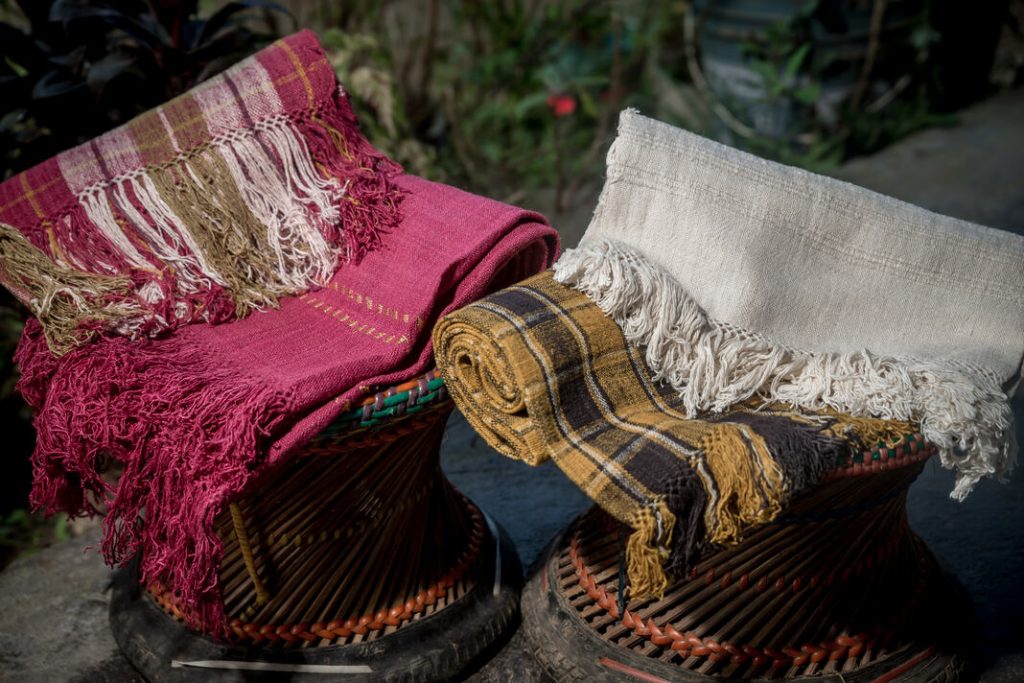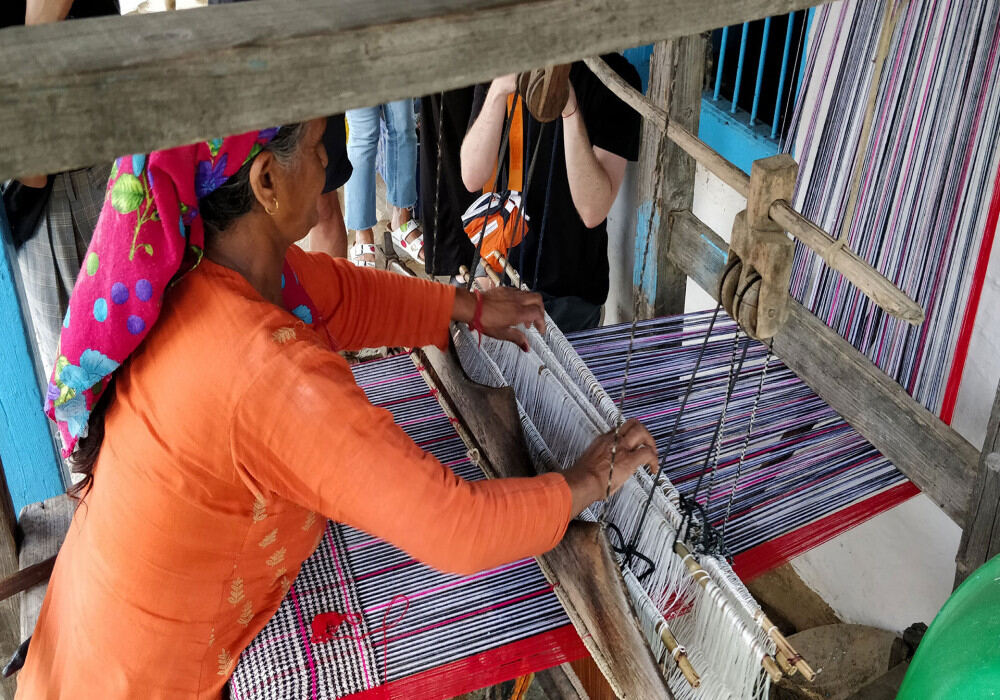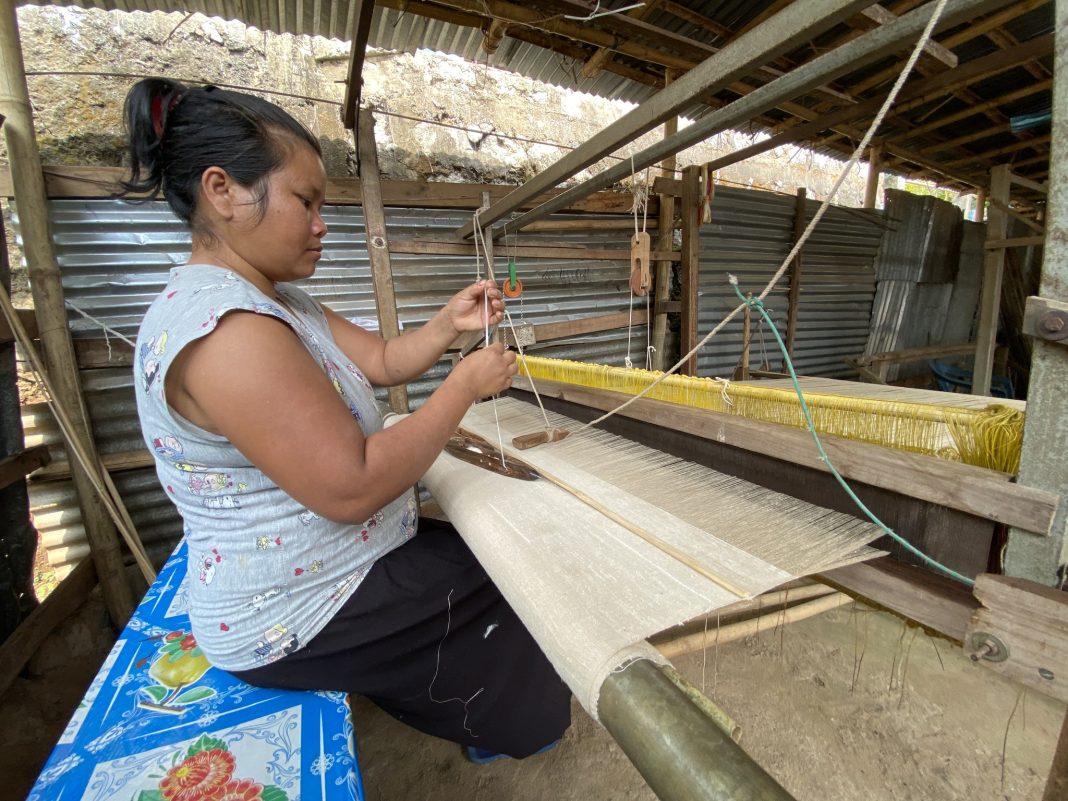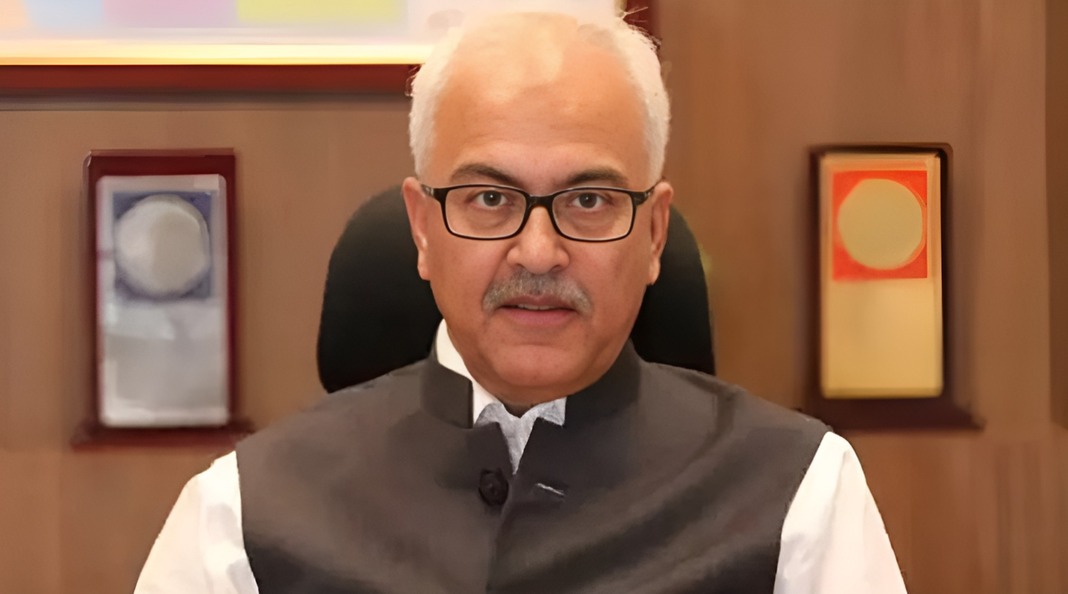Guwahati, Feb 17: A conscious effort is underway to unlock the untapped potential of Meghalaya’s Eri silk value chain, which already contributes ₹3,559.5 crore to the state’s economy.
The plan is to position Meghalaya’s Eri silk in premium markets, aiming for a 30% sales increase in three years. The Eri silk industry is integral to Meghalaya’s rural life, contributing 22.6% of India’s total Eri silk production.
Despite its prominence, production remains limited to four out of the state’s eleven districts. The proposed expansion across Meghalaya could triple the current workforce and elevate the sector’s contribution to ₹10,000 crore, comprising 20% of the state’s GSDP.

Eri is a multivoltine silk spun from open-ended cocoons, unlike other varieties of silk. Eri silk is the product of the domesticated silkworm, Philosamia ricini that feeds mainly on castor leaves. Eri silk is known as peace silk or Ahimsa silk because it is a non-violent silk that doesn’t require killing the moth to extract the fibre.
It is primarily produced in the northeastern Indian states of Assam, Nagaland, and Meghalaya. In fact, EriWeave the company from Meghalaya which got an investment in SharkTank makes hand-spun eri yarn and hand-woven eri fabric, showcasing the artistic finesse of Meghalaya’s women artisans.
At the epicentre of this silk renaissance is Ri-Bhoi district, home to Umden-Diwon, Meghalaya’s first Eri silk village. While regions in the Jaintia Hills, such as Khyrwang and Nongtung, also contribute to production, vast opportunities remain unexplored.
The current infrastructure supports just 350 machines, but experts believe scaling up to 1,000 machines in Ri-Bhoi alone is feasible. Across the state, this figure could rise to 5,000 and the vision is to increase sales by 30% over the next three years.
Stakeholders from across sectors will meet at a workshop christened SILK LINK on February 26 at Shillong to chart the future of this centuries-old craft. Organized by the Meghalaya Basin Management Agency (MBMA) in collaboration with the Customized Energy Solutions Foundation (CESF) CLEAN (Clean Energy Access Network) and the UNDP, the event will explore avenues to expand market access, increase production efficiency, and foster innovative partnerships.
Experts believe that expanding production across the state and introducing energy-efficient technologies could triple the workforce and push the sector’s value to ₹10,000 crore.

The workshop will also focus on upskilling 50,000 women and marginalized artisans, integrating Distributed Renewable Energy (DRE) solutions, and mobilizing ₹100 crore in investments.
It will also explore key interventions, including policy incentives, financial investments totalling ₹100 crore, and skill development programs targeting 50,000 women and marginalized artisans. Participants will discuss adopting 100% Distributed Renewable Energy (DRE)-powered technologies to boost efficiency while promoting clean energy solutions.
The event will bring together a diverse group of stakeholders, including government agencies like the Meghalaya Basin Management Agency (MBMA), public and private banks, technology developers, think tanks, and civil society organizations. These discussions aim to clarify stakeholder roles, assess energy requirements, and foster partnerships to enable sustainable partnerships.




